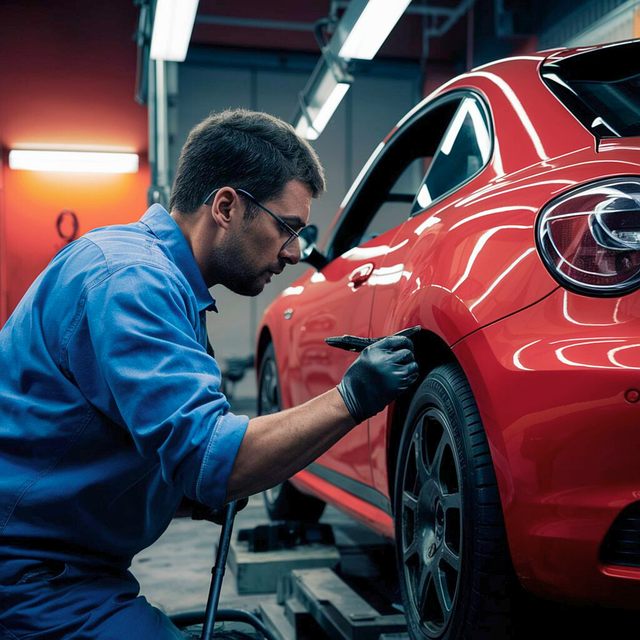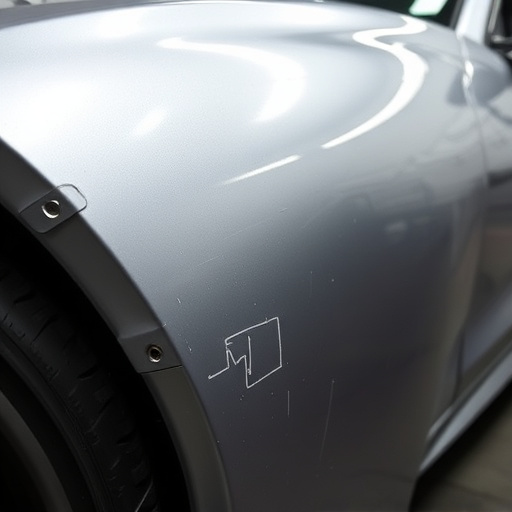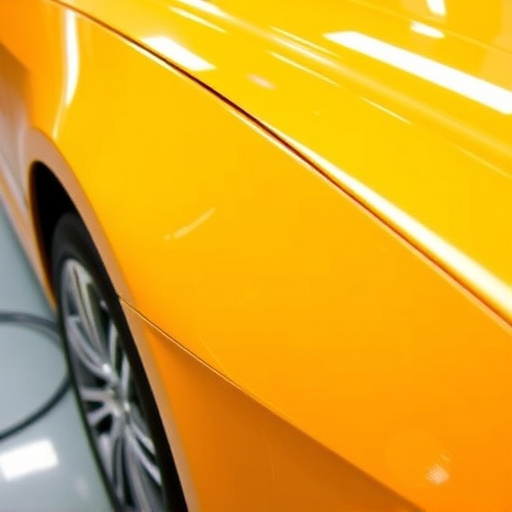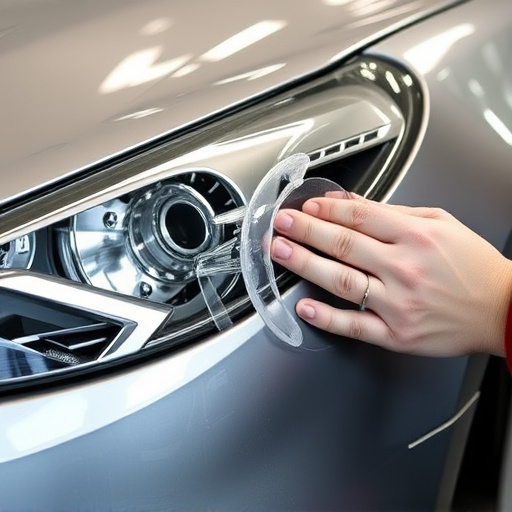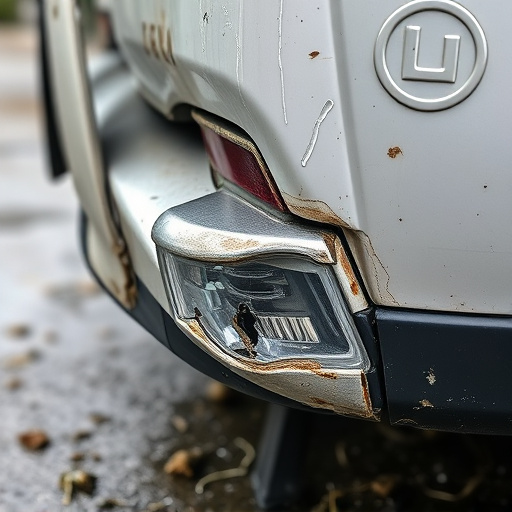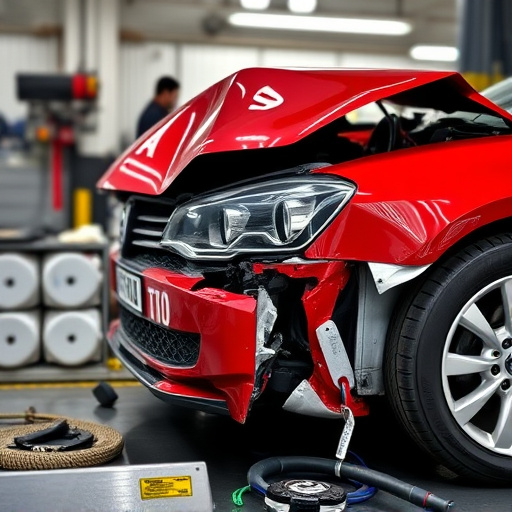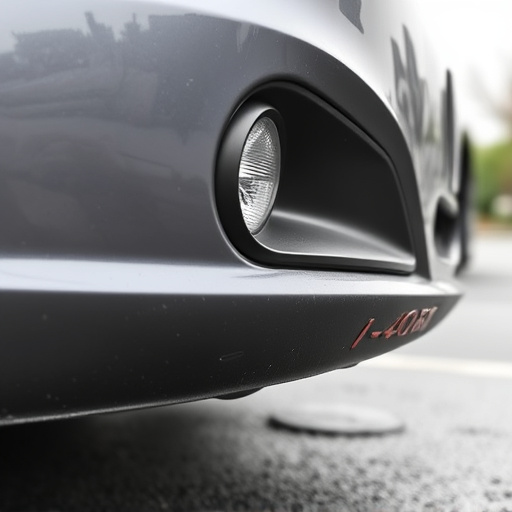Water-based paint collision repair technologies are revolutionizing automotive body shops, offering faster drying times, superior adhesion, and improved resistance to fading and chipping compared to solvent-based paints. Their environmental friendliness and reduced health risks make them a popular choice. Advanced tools like CAD software, digital imaging, and 3D scanning enhance precision and efficiency, while the transition to sustainability drives wider adoption of these eco-friendly systems, aligning with global climate change efforts.
The future of water-based paint collision repair is here, shaped by innovative technologies and a growing focus on sustainability. This article explores how evolving water-based paint formulas are unlocking new possibilities for faster, more efficient repairs. We delve into the transformative role of digital technologies, enhancing precision and streamlining processes. Furthermore, we examine emerging eco-friendly practices, as the industry embraces sustainable solutions to reduce environmental impact. Get ready to navigate the future of water-based paint collision repair.
- Evolving Water-Based Paint Formulas: Unlocking New Possibilities
- Digital Technologies and Their Impact on Collision Repair Processes
- Sustainability and the Future of Eco-Friendly Collision Repair Practices
Evolving Water-Based Paint Formulas: Unlocking New Possibilities

The evolution of water-based paint formulas is unlocking unprecedented possibilities for collision repair technologies, particularly in the automotive body shop sector. These innovative paints offer enhanced performance characteristics, including faster drying times, superior adhesion, and improved resistance to fading and chipping. This advancement is not only streamlining the painting process but also enabling more precise and efficient repairs, resulting in high-quality finishes comparable to factory standards.
Automotive body shops are increasingly adopting water-based paint collision repair methods due to their environmental friendliness and reduced health risks compared to traditional solvent-based paints. The ease of application and faster curing times translate into cost savings and faster turnaround for collision centers, enhancing customer satisfaction. Moreover, the versatility of these formulas allows for more complex repairs, including paintless dent repair techniques, thereby expanding the services offered by modern collision repair centers.
Digital Technologies and Their Impact on Collision Repair Processes

The digital revolution has brought about significant changes in the automotive industry, and collision repair is no exception. Digital technologies are transforming how car body shops handle water-based paint collision repairs, offering more efficient and precise solutions. Advanced tools like computer-aided design (CAD) software enable technicians to accurately assess damage, plan repairs, and ensure color matching with minimal human error. This level of precision is especially beneficial for intricate bodywork repairs, enhancing the overall quality of car bodywork restoration.
Additionally, digital imaging and 3D scanning technologies are being employed to capture detailed representations of damaged vehicles. These advanced methods allow for remote consultations, streamlining the estimating process and enabling technicians to access specialized knowledge instantly. As a result, paintless dent repair techniques can be more effectively utilized, minimizing the need for traditional sandboarding and repainting, which was once a time-consuming aspect of collision repair processes.
Sustainability and the Future of Eco-Friendly Collision Repair Practices

As the automotive industry shifts its focus to sustainability, water-based paint collision repair technologies are at the forefront of this eco-friendly revolution. Traditional automotive body shops often rely on solvent-based paints that contribute to volatile organic compound (VOC) emissions and environmental pollution. In contrast, water-based paint systems offer a greener alternative by reducing or eliminating harmful solvents, thereby minimizing the ecological footprint. This trend not only aligns with global efforts to combat climate change but also caters to consumer demands for more environmentally conscious collision repair services.
The adoption of water-based paints in collision repair is expected to grow as automotive manufacturers and consumers become more aware of the environmental benefits. These advanced paint systems provide excellent durability, fast drying times, and superior adhesion, making them a viable option for both minor dents and significant body work. Moreover, their versatility allows for techniques like paintless dent repair, which further reduces material waste and the need for extensive repainting. This shift towards sustainability promises not only a cleaner planet but also more efficient collision repair services in the future.
The future of water-based paint collision repair looks promising, with innovative formulas, digital technologies, and a growing emphasis on sustainability. As we’ve explored, these trends are revolutionizing the industry, offering enhanced performance, streamlined processes, and environmentally friendly practices. By embracing these developments, collision repair professionals can stay ahead of the curve, ensuring they provide top-quality repairs while minimizing their environmental impact.

